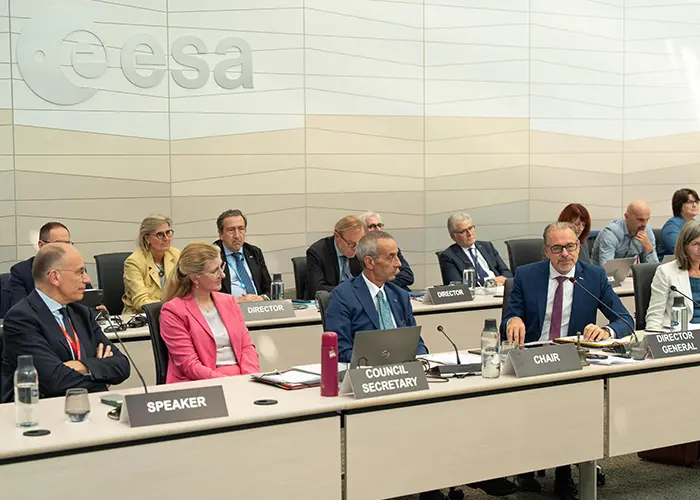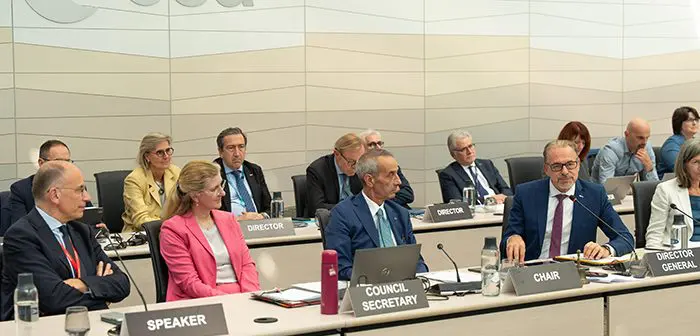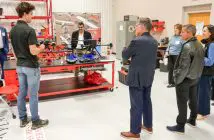
The European Space Agency (ESA) has concluded its 337th Council meeting at its Paris headquarters, marking a week of significant developments in global space collaboration, Earth observation, and digital innovation.
Among the headline announcements, Cyprus signed its Associate Agreement with ESA, a major milestone on its path to becoming an Associate Member following ratification. The move signals Cyprus’ growing commitment to space innovation and cooperation within Europe’s expanding space ecosystem.
In a landmark decision, the Council approved a five-year Memorandum of Understanding (MoU) with the World Food Programme (WFP) to enhance the use of space data and technology for food security and emergency relief. The agreement will enable closer collaboration between ESA and WFP experts to develop practical, satellite-driven solutions for real-world humanitarian challenges such as famine prediction and disaster response.
The Council also endorsed the next phase of ESA’s flagship Destination Earth (DestinE) initiative, paving the way for Phase III, which will begin in mid-2026. This stage will focus on refining the “digital twin” of Earth — a data-rich simulation platform designed to improve understanding of climate, environmental, and human systems by 2030. ESA’s Digital Twin Earth programme will continue to drive innovation and integrate pre-operational Earth observation components into the DestinE environment.
In support of Europe’s growing regional partnerships, ESA has agreed to expand assistance to Spain for the development and early operations of the Atlantic Constellation, a joint initiative between Spain and Portugal to deploy 16 Earth observation satellites. The constellation aims to bolster regional climate monitoring capabilities and enhance Europe’s strategic presence in space-based environmental observation.
Further strengthening transatlantic cooperation, ESA Council approved a Memorandum of Understanding with NASA regarding the U.S. agency’s contribution of the Joint EUV Coronal Diagnostic Investigation (JEDI) instrument to ESA’s upcoming Vigil mission. Operating from the Earth-Sun L5 point, Vigil will monitor solar activity to improve forecasting and early warning for space weather events that can affect satellites, communications, and power infrastructure on Earth.
The Council also advanced preparations for the upcoming ESA Ministerial Council, scheduled for 26–27 November in Bremen, where member states will decide on key funding and programmatic directions for ESA’s future. An extraordinary Council meeting will take place on 7 November to finalise outstanding agenda items ahead of the Ministerial.
The 337th ESA Council reaffirmed ESA’s growing role as a cornerstone of international cooperation — bridging science, innovation, and security in an increasingly interconnected space environment.
Image: ESA Council Meeting with Former Prime Minister of Italy Enrico Letta and ESA Director General Josef Aschbacher at ESA’s Headquarters in Paris, France on 11 June 2025. Credits: ESA – D. Dos Santos





